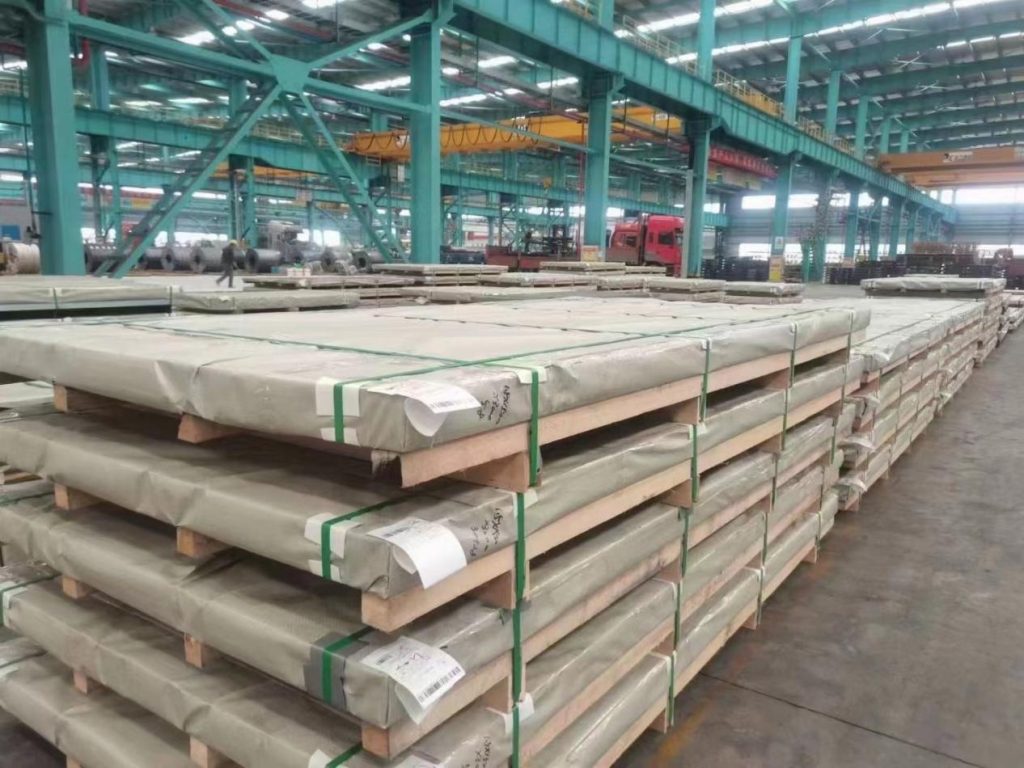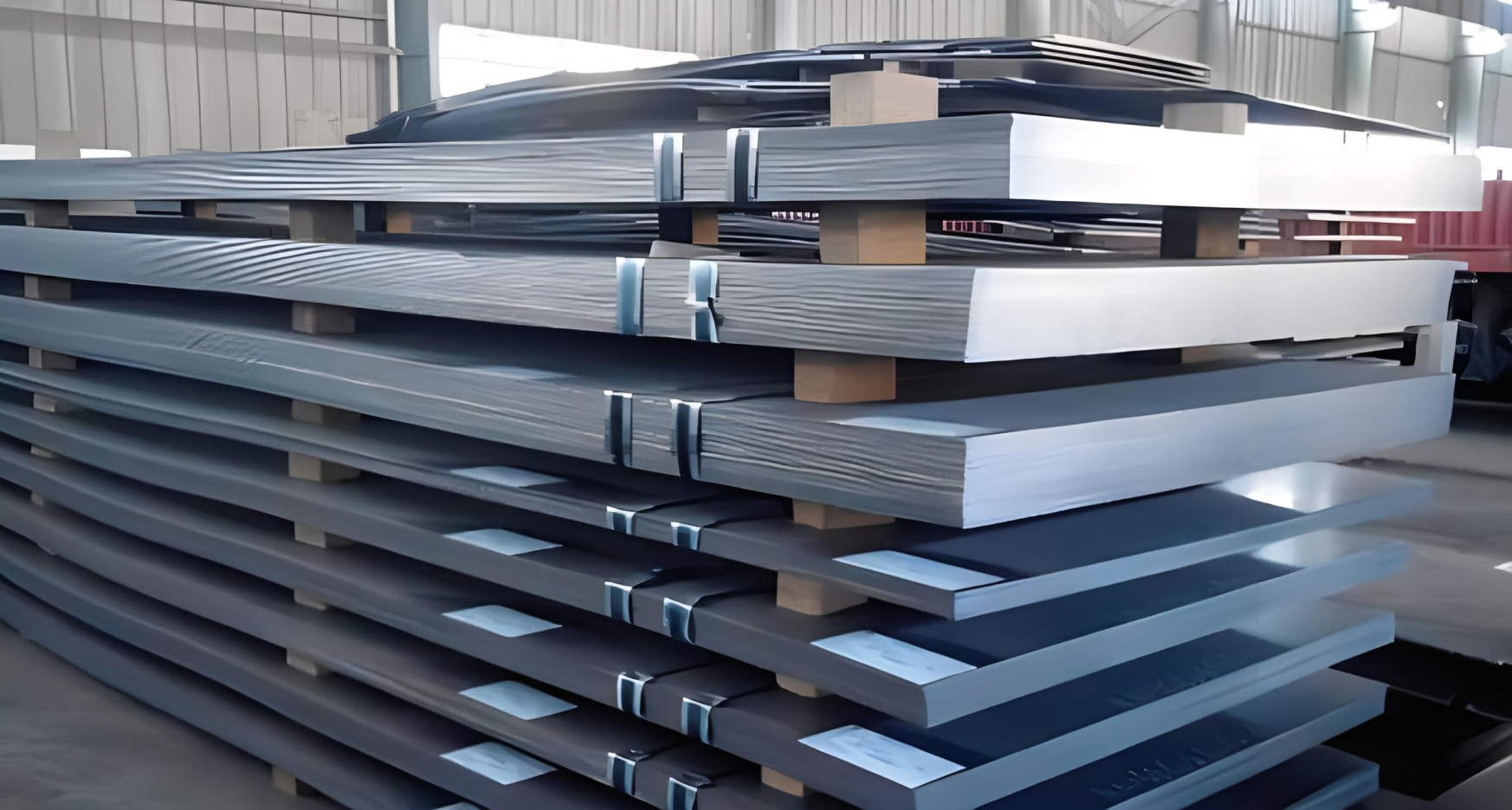Metal Mastery: Choosing the Right Materials for Precision in Stamping Processes
Introduction:
Metal stamping, a cornerstone of modern manufacturing, relies on a delicate interplay between materials and techniques. In this comprehensive exploration, we delve into the intricate world of material selection in metal stamping processes. From the fundamental characteristics of metal materials to the cutting-edge advancements in high-strength steel and the promising future of lightweight aluminum alloys, join us on a journey that unveils the secrets behind precision metal stamping.

(Stamping raw material warehouse)
The Essence of Metal Materials in Stamping
Understanding Metal Materials
Metal materials form the backbone of metal stamping, each with unique properties influencing the final product. We begin by unraveling the characteristics of commonly used metals in the stamping industry, such as steel, aluminum, and copper. Exploring their strengths, malleability, and durability provides a foundational understanding of material choices.
Properties that Matter
Delving deeper, we examine the specific properties crucial for successful metal stamping. Factors like ductility, formability, and strength become pivotal considerations in material selection. Real-world applications and case studies illustrate how these properties impact the performance and efficiency of the stamping process.
Elevating Precision with High-Strength Steel
The Rise of High-Strength Steel
High-strength steel emerges as a game-changer in metal stamping, offering a spectrum of advantages. We explore the evolution of high-strength steel, highlighting its enhanced tensile strength and formability. Case studies showcase how this material empowers manufacturers to achieve intricate designs and maintain structural integrity.

Advantages in Metal Stamping Processes
In this section, we dive into the specific advantages that high-strength steel brings to the stamping process. From reduced material thickness to increased production speed, we analyze how this material optimizes stamping operations. Practical insights from industry experts shed light on the transformative impact of high-strength steel.
Shaping Tomorrow with Lightweight Aluminum Alloys
The Quest for Lightweight Solutions
As industries prioritize efficiency and sustainability, lightweight materials take center stage. We explore the role of aluminum alloys in reshaping the landscape of metal stamping. Examining their unique properties, including low density and corrosion resistance, we uncover the potential for significant weight reduction in stamped components.
Future Trends in Lightweight Stamping
Looking ahead, we contemplate the future of metal stamping with aluminum alloys at its core. Technological advancements, alloy innovations, and collaborative efforts within the industry signal a promising era for lightweight stamping. Interviews with experts provide valuable insights into the anticipated trends and challenges on the horizon.
Choosing the Right Materials for Stamping in Automotive Manufacturing
In the realm of automotive manufacturing, the selection of the right metal materials is pivotal for producing high-performance, safe, and durable components. Different metal components in automobiles require specific physical and chemical characteristics to meet the intricate demands of automotive engineering.
Let’s delve into commonly used metal materials and their characteristics in automotive stamping. Cold-rolled steel is frequently employed in the structure of car bodies due to its excellent strength, formability, and weldability. Aluminum alloys play a crucial role in lightweight design, offering a balance between lightness and exceptional strength, along with corrosion resistance. Stainless steel, known for its corrosion resistance and wear resistance, is often chosen for components with various surface treatment options.
High-strength steel stands out as an excellent choice in automotive manufacturing, facilitating lightweight designs while ensuring outstanding collision safety performance. The advantage lies in the fact that thinner high-strength steel components can provide strength comparable to traditional thick components, ultimately reducing the overall vehicle weight.
For automotive manufacturers, lightweight stamping processes are critical to achieving fuel efficiency and meeting collision safety standards. Aluminum alloys excel in this regard, as their lightweight nature contributes to reducing overall vehicle mass, thereby improving fuel efficiency. Moreover, the forming and stamping processes for aluminum alloy components are relatively easy to master, making them a favored choice in strategies for automotive lightweighting.
Looking ahead, as the automotive industry continues its pursuit of environmental friendliness and sustainability, we can anticipate the increased application of eco-friendly materials in stamping processes. Recyclable materials and biodegradable options might emerge as cutting-edge choices for manufacturing automotive metal components, contributing to an overall shift towards a more sustainable future for the industry.
When selecting the appropriate stamping raw materials, understanding the specific requirements of automotive components and weighing the advantages and disadvantages of different materials will assist manufacturers in making informed decisions during the design phase. This ensures the production of safe, high-performance automotive components that align with environmental standards.
Conclusion:
In conclusion, the art and science of material selection in metal stamping processes are dynamic and transformative. From understanding the intrinsic properties of metal materials to harnessing the advantages of high-strength steel and anticipating the lightweight revolution with aluminum alloys, precision in metal stamping is a multifaceted journey. As industries continue to evolve, the choices we make in material selection will define the future of metal stamping—a future where precision meets innovation.
Embark on this enlightening exploration with us as we navigate the nuanced world of metal stamping material selection

